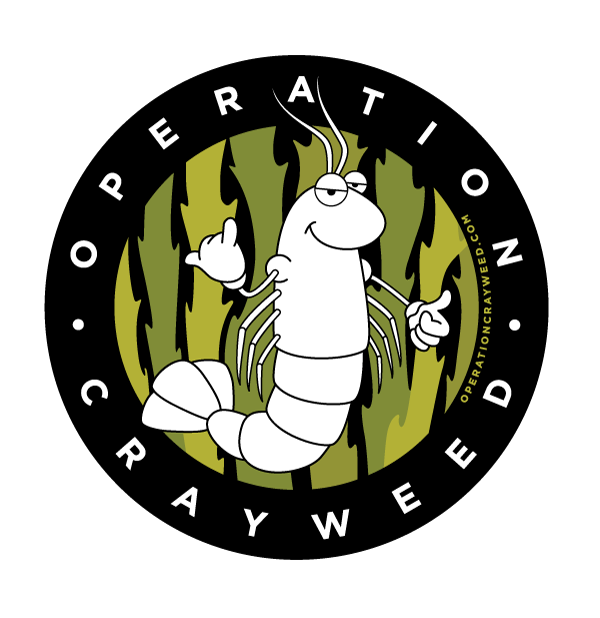Read the full article at - http://www.smh.com.au/nsw/crowdfunding-campaign-to-restore-sydneys-lost-crayweed-forests-20151204-glff20.html
There's a lot of sex going on just off Sydney's coastline, and scientists want to see even more of it.
Beneath the waves of Little Bay, Cape Banks and Long Bay, researchers have been restoring lost forests of crayweed, mixing male and female plants to let nature take its course.
The crayweed has reproduced so successfully that scientists are seeking public help to plant it from Palm Beach to Cronulla.
A team from the University of NSW's Centre for Marine Bio-Innovation and the Sydney Institute of Marine Science has launched a crowdfunding campaign to establish 7000 crayweed plants along the 70-km stretch of coast.
They are encouraging people to "plant an underwater tree this Christmas" by donating to the Operation Crayweed campaign.
Crayweed provides food and shelter for hundreds of marine species, including fish, crayfish and abalone. It disappeared 30 years ago from the city's coastline, where poorly treated sewage had been pumped for years.
"Despite a massive improvement in water quality in the early 90s ... this seaweed did not come back on its own," said lead UNSW researcher Ezequiel "Ziggy" Marzinell.
"We [wanted] to answer a simple question: 'Now that the water quality is good, can we start replanting this forest back onto the Sydney coastline?'"
After eight years of research, the scientists developed a way to transplant fertile adult crayweed plants onto bare reefs, where they are reproducing to create new, self-sustaining populations.
Each crayweed is tied to biodegradable mesh fastened to the reefs at a depth of two or three metres.
"We found not only do they do really well when you bring them back, but also they have lots of sex, so they start reproducing a lot," Dr Marzinelli.
"After three to six months you get lots of babies around and within the transplanted batches. Those babies after a year or two become adults themselves .. .and start having sex as well, and those patches start expanding. You go from a desert to a forest."
Dr Marzinelli said Sydneysiders loved to go diving, snorkelling and fishing. "All these things are underpinned by this underwater forest," he said.
A project of this scale has not been attempted in Australia before.
But researchers believe the marine habitat can be restored, with obvious benefits for biodiversity and recreational fishing, and that the same method could be used for other marine restoration projects in Australia and internationally.
They say public contributions through Operation Crayweed will help bring the reefs back to life.
"It's Christmas time," Dr Marzinelli said. "The best present you can give ... is to do something for the environment and plant underwater trees."

